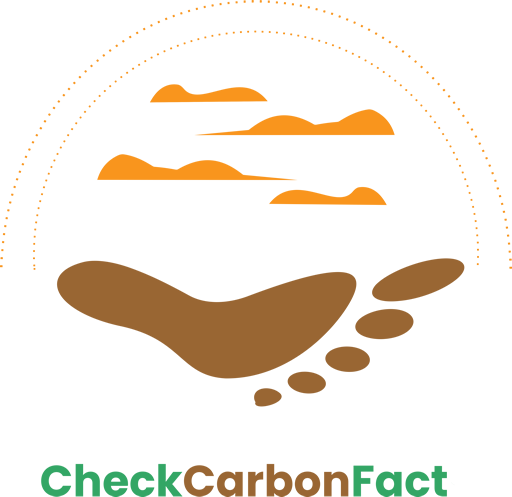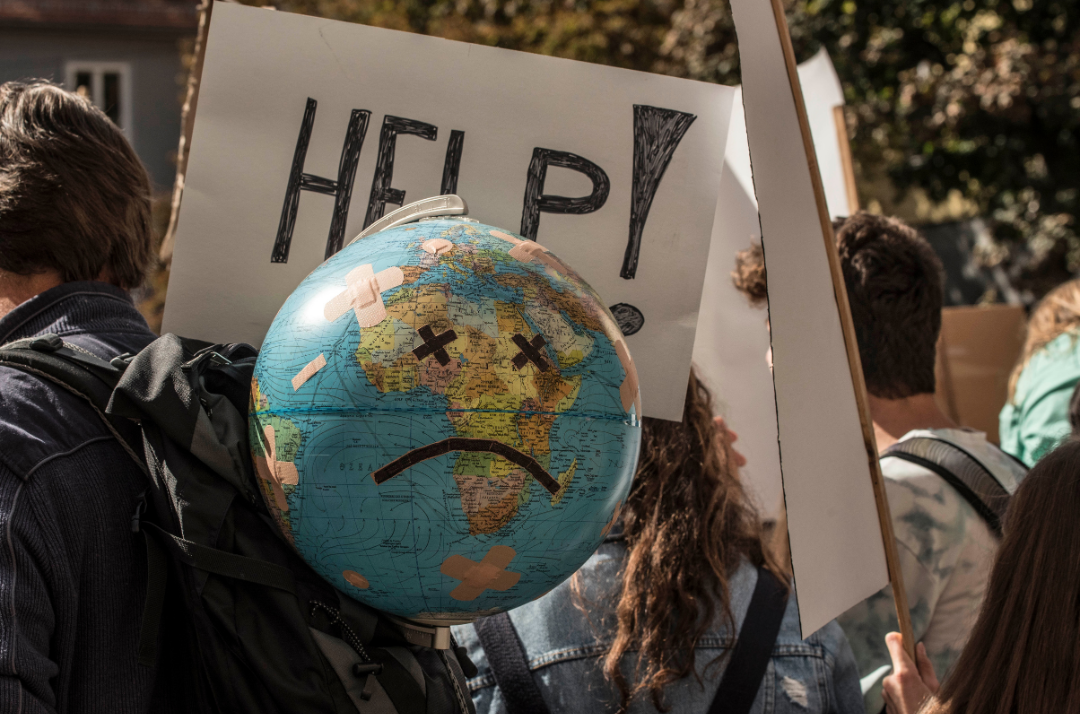Climate change has become a global catch phrase. Everyone is talking about the phenomenon, its consequences and a possible impending doom. This, of course, has inspired trepidation and action in some people, while in others, it has only fueled their scepticism and cynicism.
But the evidence speaks for itself: climate change is real and poses grave danger to humanity. Europe has recently experienced a series of environmental crises. This includes wildfires, heatwaves, changing rainfall pattern and flooding. According to the Intergovernmental Panel on Climate Change (IPCC), the choices we make in the next few years will play a critical role in deciding our future and that of generations to come.
As such, governments, small businesses, corporations, and the public must work together to mitigate this crisis. Allowing misconceptions to endure will hinder ongoing efforts, hence the imperative to dispel them. This article will address five common excuses people use to dismiss climate change warnings.

Misconception 1: Global Warming is Just a Natural Cycle
One prevailing misconception is that the earth’s climate has always undergone natural cycles of warming and cooling.
The fact is that there is some truth in this, except that it’s simply a half truth.
Yes, climate variation occurs independently of human influence and serves as a backdrop to current environmental shifts. The earth has experienced very critical climate events, such as Milankovitch cycles, occurring over 10,000 to 100,000 years. This is a result of orbital changes affecting solar radiation distribution. There are also century-scale climate cycles, with periods ranging from approximately 200 to 1,500 years. This event was possibly driven by solar and oceanic factors. Examples include the mediaeval warm period and the Little Ice Age, etc.
However, while these global warming events occurred naturally, NASA reported that it took the earth about 5,000 years to warm 5 degrees. Unfortunately, today’s rate of climate change is extremely unusual, predicted to be at least 20 times faster. As such, we must see the previous events as a source of insights into amplifying effects that may intensify warming as greenhouse gas concentrations rise.
Misconception 2: Humans Always Adapt
People who propagate these narratives assert that climate change is no different from every other challenge that humans have had to overcome.
Even though humans are incredibly adaptive, we still have limitations.
For instance, humans have historically had to migrate when their environments became hostile. We can see this form of survival tactic even today among animals living in the wild.
While historical migration strategies were effective for our ancestors, the borders and restrictions of the modern geopolitical context wouldn’t allow for such forms of migration.
Even when it comes to climate change migration, not all nations have opened their borders to environmental migrants. Climate change is still a huge subject of debate in many nations, and as such, the governments of these countries are less likely to gladly extend their hospitality to individuals displaced by climate change.
According to a UN report, between 3.3 and 3.6 billion people (about half of the global population) reside in countries vulnerable to climate change. Sadly, climate change is forecast to create about 25 million to 1 billion environmental migrants by 2050.
Misconception 3: One or Two Degrees’ Increase Doesn’t Sound Like Much
The notion that a one- or two-degree increase in temperature won’t lead to catastrophic consequences is a serious misconception. Even a seemingly minor rise in temperature carries far-reaching and often irreversible impacts.
These repercussions are already becoming evident. According to the United Nations, we can expect a staggering increase in the frequency of natural disasters. If we fail to take drastic steps to mitigating climate change, natural disasters are set to hit 560 annually by 2030.
To illustrate the gravity of a one-degree rise, consider that it amplifies atmospheric water vapour by 7%. This results in intensified rainfall and a heightened risk of flooding. In the long run, this could potentially lead to the submersion of coastal regions.
Furthermore, this seemingly modest temperature increase has severe consequences for our ecosystems. First, numerous animal and plant species face the risk of extinction by 2100. Second, 99% of coral reefs are at risk of disappearing due to the escalating threat of ocean acidification. And lastly, vital natural resources are poised to deteriorate in quality, with some becoming scarce.
This underscores the imperative of our unwavering commitment to capping global warming at 2°C, with a more ambitious target of 1.5°C, aligning with the objectives of the Paris Agreement.
Misconception 4: Climate Change is Too Big to Solve
Another misconception is the belief that the problem of climate change is insurmountable. Such narrative leads to a sense of helplessness and inaction. In reality, collective action at local, national, and global levels can make a substantial difference. Initiatives such as renewable energy adoption, sustainable land management, and international agreements demonstrate that concerted efforts can address the challenges posed by climate change.
Misconception 5: Climate Change is Only About Warming
This is a common misconception among many folks. And while it constitutes minimal direct threat to mitigation efforts, it is in no way less important to address.
The terms “climate change” and “global warming” are sometimes used interchangeably, but it’s important to note that “global warming” constitutes just one facet of climate change. While global warming is a significant aspect of climate change, the term itself can be misleading.
When we refer to “global warming,” we are discussing the prolonged increase in the earth’s temperature. The global temperature has exhibited a well-documented upward trend since the early 20th century, particularly noticeable from the late 1970s. Since 1880, the average surface temperature has experienced an approximate 1°C (about 2°F) rise. Additionally, there has been an extra warming of about 0.15°C between 1750 and 1880.
On the other hand, “climate change” encompasses a broader spectrum of alterations occurring on our planet. This includes phenomena such as rising sea levels, the diminishing size of mountain glaciers, expedited ice melting in regions like Greenland, Antarctica, and the Arctic, as well as shifts in the timing of flower and plant blooming. All of these changes are the result of the warming effect, which is primarily caused by human activities such as the combustion of fossil fuels and the emission of heat-trapping gases into the atmosphere.
Take Action
Debunking common misconceptions about climate change is essential for fostering informed discussions and effective solutions. As the scientific community continues to study and monitor the impacts of human activities on the climate, it is crucial for individuals to be aware of the facts and engage in efforts to mitigate and adapt to the changing climate. By dispelling myths and embracing a scientifically grounded understanding of climate change, society can work together to create a sustainable and resilient future.
Found it interesting and would like more in the mail?




